Nevada, Southwest Faces Unprecedented Water Restrictions
Posted on: August 16, 2022, 06:14h.
Last updated on: August 18, 2022, 01:30h.
Unprecedented water restrictions were announced Tuesday for the Southwest US, where a megadrought has dropped the levels of the nation’s two largest reservoirs to record lows.
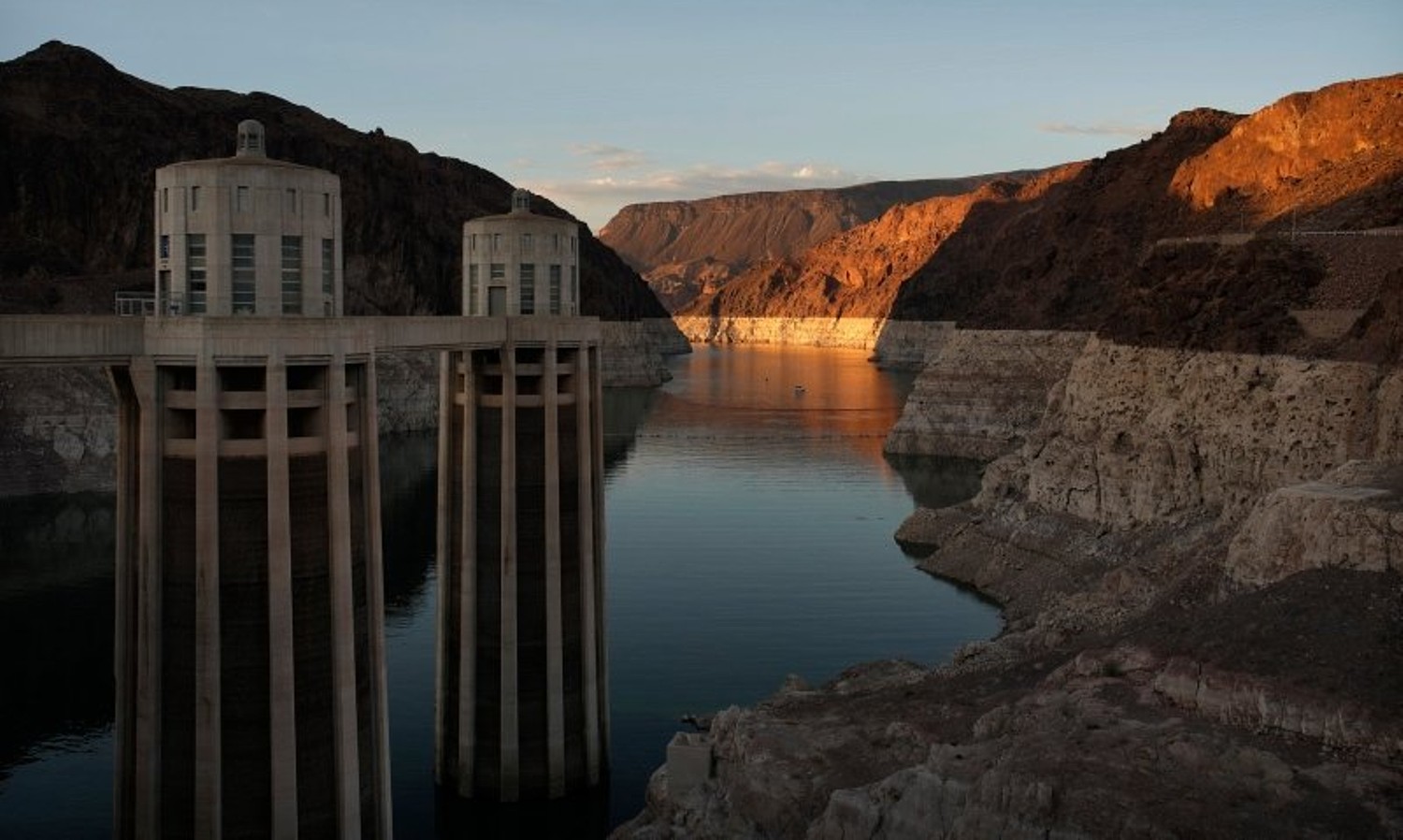
Under the first Tier 2 restrictions imposed by the US Department of the Interior, Nevada will lose 8% of the Colorado River water currently allocated to the state. Arizona’s allocation will drop by a whopping 21%. These restrictions go into effect next year.
“Every sector in every state has a responsibility to ensure that water is used with maximum efficiency,” the interior department’s assistant secretary for water and science, Tanya Trujillo, said in a statement. “In order to avoid a catastrophic collapse of the Colorado River system and a future of uncertainty and conflict, water use in the basin must be reduced.”
The restrictions mean that Nevada’s Colorado River allotment will drop to around 89.65 billion gallons of water per year. Fortunately for the state, it used only 78.89 billion gallons last year and is on track to use about the same amount this year. California will see no cuts to its allotment because the state has water banked.
Nevertheless, the news is not good because the bureau has asked all states drawing Colorado River water to find ways to cut an additional 652 billion to 1.3 trillion gallons from their allocations — a 15-30% reduction. That also includes Colorado, New Mexico, Utah, and Wyoming.
This goal would be especially difficult for Southern Nevada, which gets 90% of its water from Lake Mead.
Deadline: Yesterday
The bureau’s deadline for states to submit their plans was Aug. 15. However, John Entsminger, the general manager for the Southern Nevada Water Authority, told CNN that “not enough of the stakeholders” have met that deadline. He said that some of the river’s stakeholders would like to see the federal government step in with its own plan.
This is the second straight year of reductions after the federal government declared a water shortage last August. Lake Powell and Lake Mead are functioning at a combined storage capacity of 28% full, caused by the 23rd year of a Southwest US drought. This threatens the disruption of water delivery and hydroelectric production, which is why the federal government took action.
As part of that action, the federal government has decided to keep more water — about 326 billion gallons — in Lake Powell rather than releasing it downstream to Lake Mead. That’s because Lake Powell’s water level is projected to be at 3,522 feet by January 1, only 32 feet above the minimum needed for it to continue generating electricity.
Hell or Low Water
A recently released two-year study from the bureau forecasts Lake Mead’s water level falling 26 more feet a year from now, from 1,042 feet above sea level to 1,016 feet, and then to 1,013 feet by July 2024.
Dropping below 1,000 feet would place the Southwest US on track for even more drastic Tier 3 restrictions.
“There’s only so much water, and Mother Nature will figure this out at some point,” Entsminger said. “At some point, there’s just not water in the river channel.”
Related News Articles
Lake Mead Buoys 3 Inches After Rains after Monsoon Rains in Vegas
VEGAS MYTHS BUSTED: Las Vegas Was Built on Barren Desert Terrain
Most Popular
FTC: Casino Resort Fees Must Be Included in Upfront Hotel Rates
Genovese Capo Sentenced for Illegal Gambling on Long Island
NBA Referees Expose Sports Betting Abuse Following Steve Kerr Meltdown
UPDATE: Former Resorts World & MGM Grand Prez Loses Gaming License
Most Commented
-
UPDATE: Whiskey Pete’s Casino Near Las Vegas Closes
— December 20, 2024 — 30 Comments -
Caesars Virginia in Danville Now Accepting Hotel Room Reservations
— November 27, 2024 — 9 Comments -
UPDATE: Former Resorts World & MGM Grand Prez Loses Gaming License
— December 19, 2024 — 8 Comments -
FTC: Casino Resort Fees Must Be Included in Upfront Hotel Rates
— December 17, 2024 — 7 Comments
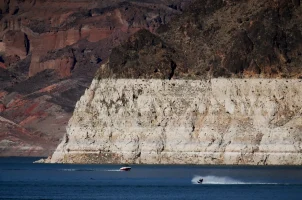

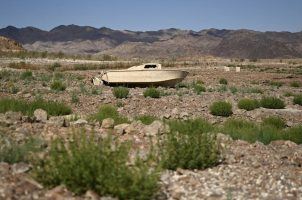
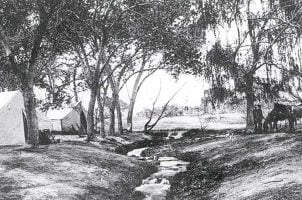










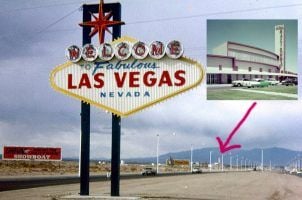

No comments yet